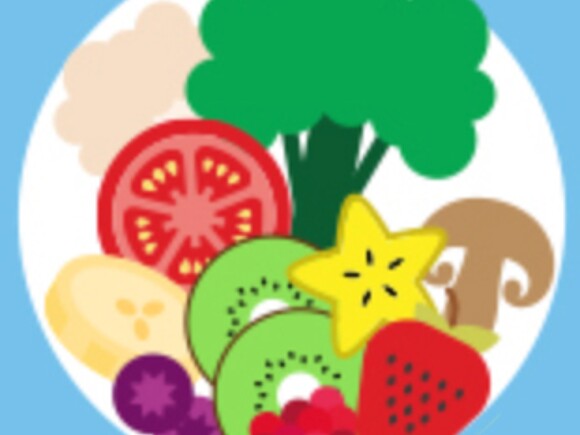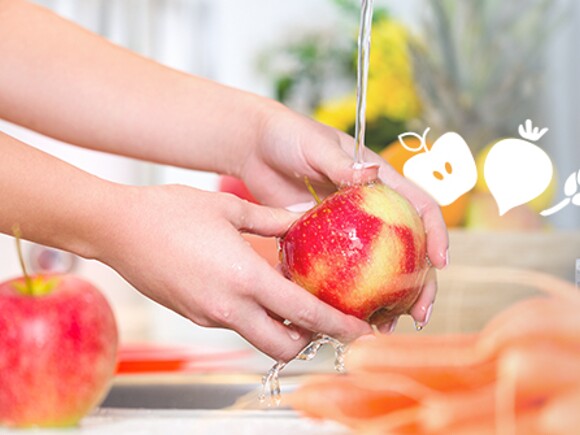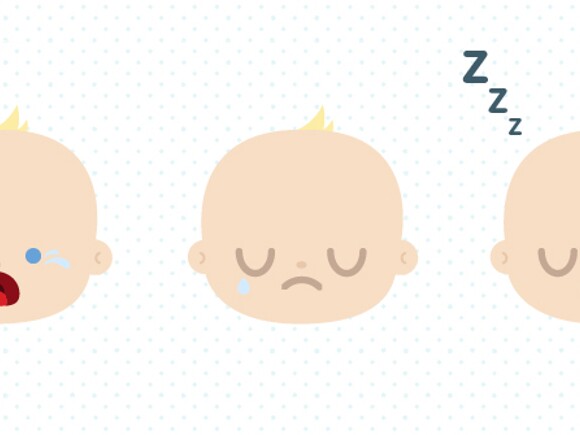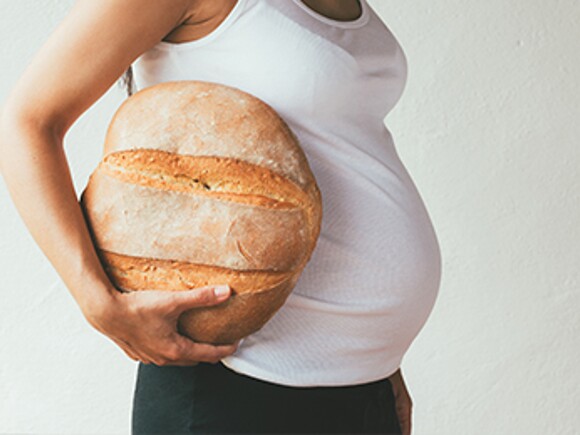Finding the right nutritional balance for your toddler

Sources
Bailey RI, Catellier DJ, Jun S, et al. Total usual nutrient intakes of US children (under 48 months): Findings form the Feeding Infants and Toddlers Study (FITS) 2016. J Nutr 2018; doi: https://doi.org/10.1093/jn/nxy042.
Chen C, Denney L, Zheng Y, et al. Nutrient intakes of infants and toddlers from maternal and child care centres in urban areas of China, based on one 24-hour dietary recall. BMC Nutr 2015; 1:23 doi 10.1186/s40795-015-0019-5
Dattilo AM, Reidy, KC, Uesugi K. Modifiable risk and protective factors for healthy growth among infants and toddlers: Development and application of a global survey [abstract]. Nutrition and Growth Meeting, March 1-3, 2018, Paris, France.
Deming DM, Afeiche MC, Reidy KC, et al. Early feeding patterns among Mexican babies: findings from the 2012 National Health and Nutrition Survey and implications for health and obesity prevention. BMC Nutrition 2015; doi 10.1186/s40795-015-0035-5
Duyff, RL (2017). Academy of Nutrition and Dietetics. Complete food and nutrition guide (5th ed.). Boston, MA: Houghton Mifflin Harcourt.
EFSA NDA Panel: Scientific opinion on nutrient requirements and dietary intakes of infants and young children in the European Union. EFSA J 2013; 11: 3408.
EFSA NDA Panel: Scientific opinion on dietary reference values for fats, including saturated fatty acids, polyunsaturated fatty acids, monounsaturated fatty acids, trans fatty acids, and cholesterol. EFSA J 2010; 8: 1461.
Guideline: Daily iron supplementation in infants and children. Geneva: World Health Organization; 2016
Institute of Medicine, Food and Nutrition Board. Dietary reference intakes for electrolytes and water. 2005. The National Academies Press, Washington, D.C.
Institute of Medicine Food & Nutrition Board, 2006. Dietary Reference Intake: The Essential Guide to Nutrient Requirements. In: Otten, JJ, Hellwig, JP, Meyers LD, (Eds), National Academy of Sciences, Washington, D.C.
Piernas C, Miles DR, Deming DM, et al. Estimating usual intakes mainly affects the micronutrient distribution among infants, toddlers and preschoolers from the 2012 Mexican National Health and Nutrition Survey. Public Health Nutr 2016; 19(6):1017-26.
Reidy KC and Squatrito C. Programming long-term health: Nutrition and diet in toddlers. In: Early nutrition and long-term health, mechanisms, consequences and opportunities. Ed., Saavedra and Dattilo, Elsevier, 2017: 537-60.
Yu P, Denney L, Zheng Y, et al. Food groups consumed by infants and toddlers in urban areas of China. Food Nutr Res 2016; 60:30289. Doi 10.3402/fnr.v60.30289.
https://ods.od.nih.gov/factsheets/VitaminD- HealthProfessional/ (Accessed August 8 2018)
https://www.k4health.org/sites/default/files/who_ifa_supplements_infant… (Accessed August 8 2018)

























